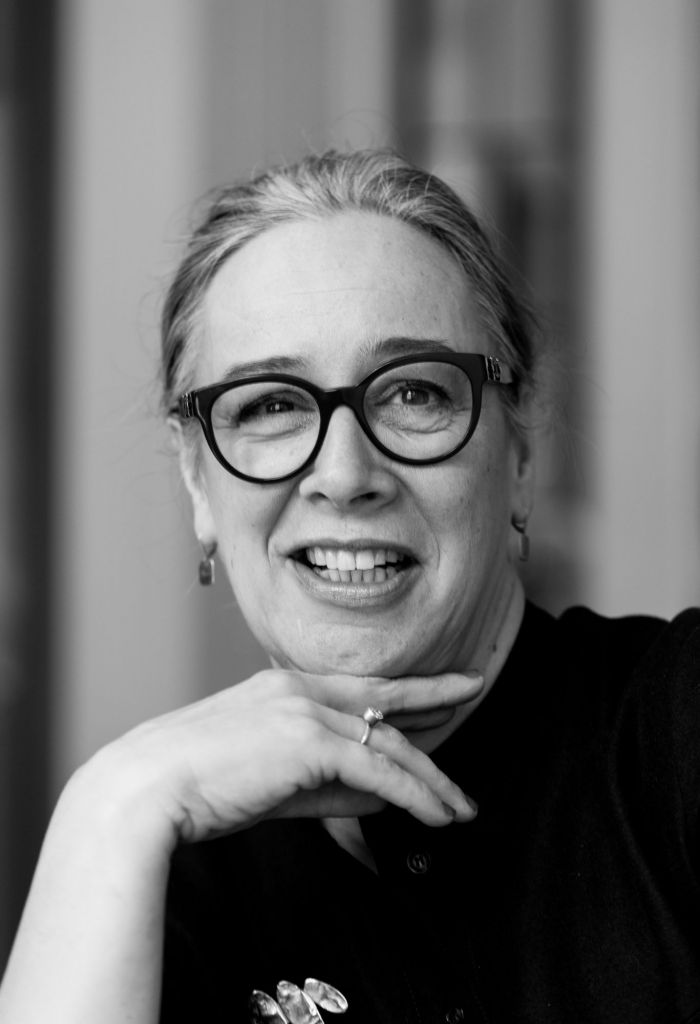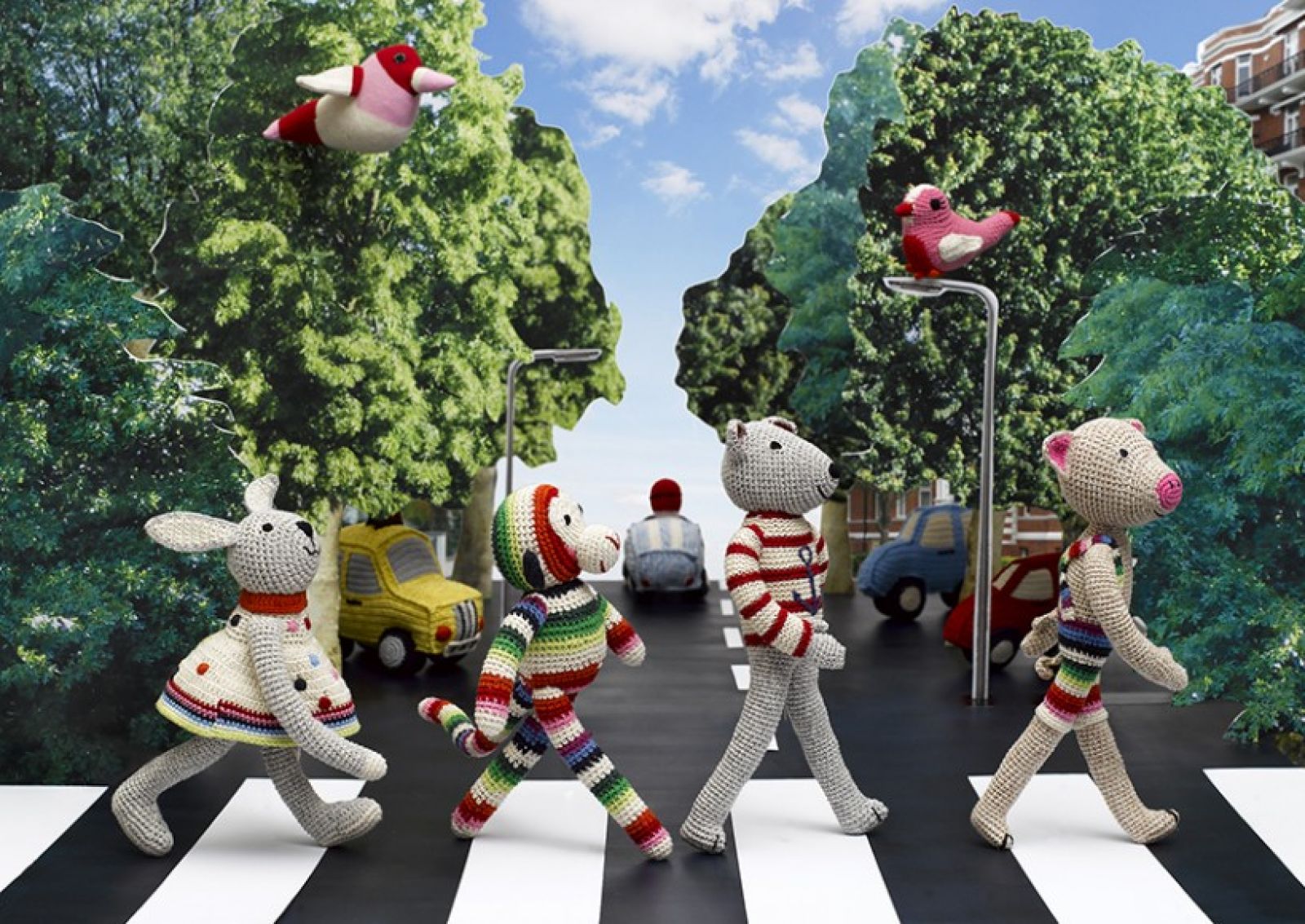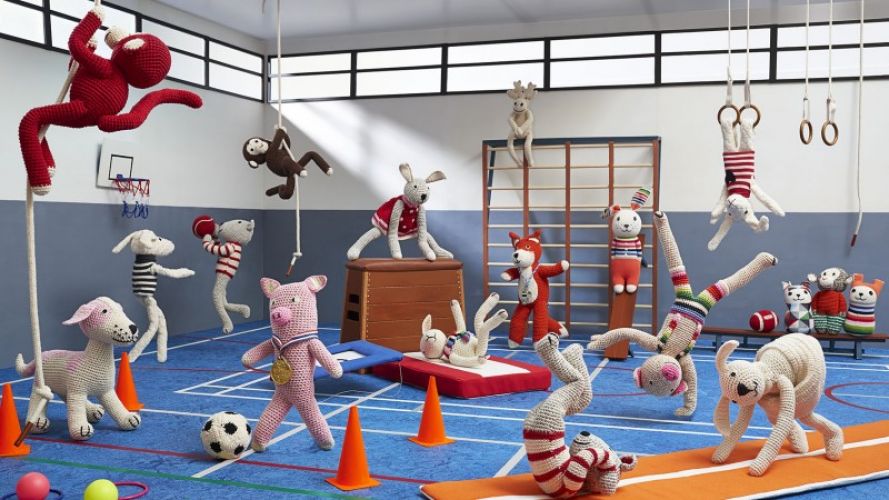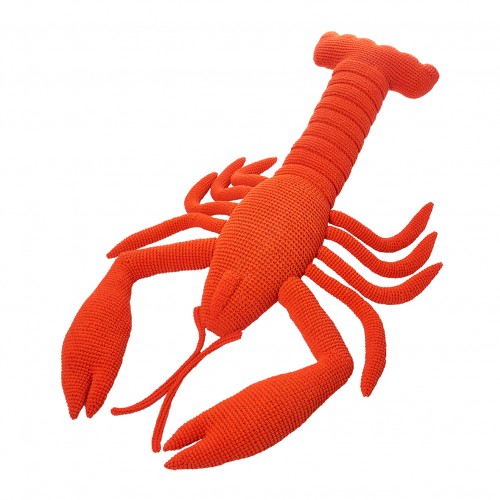un-dutch
Serving as a showroom, the space behind the sliding doors illustrates her statement. Shelf after shelf is filled with the colourful, crocheted animals with which Petit rose to fame. Mice with comically long legs, cartoonish geese, a chimpanzee with enormous ears. They are sold worldwide, ‘especially abroad’, as the designer observes. ‘My work is perhaps a bit un-Dutch. Because of my name, people often think that it’s French. But my soft toys are sold all over the world, really: in America, Europe and Asia. My visual language is universal.’ She considered studying biology for a while. But Petit, who did a lot of drawing and crafts in secondary school, opted for Industrial Design in Eindhoven. ‘During the first year you still have to do many different things, but I actually knew right away that I wanted to be a textile designer,’ she says. ‘I don’t know exactly where the inclination came from. Perhaps from my granddad, who ran a bags and suitcases factory in the Achterhoek.’





